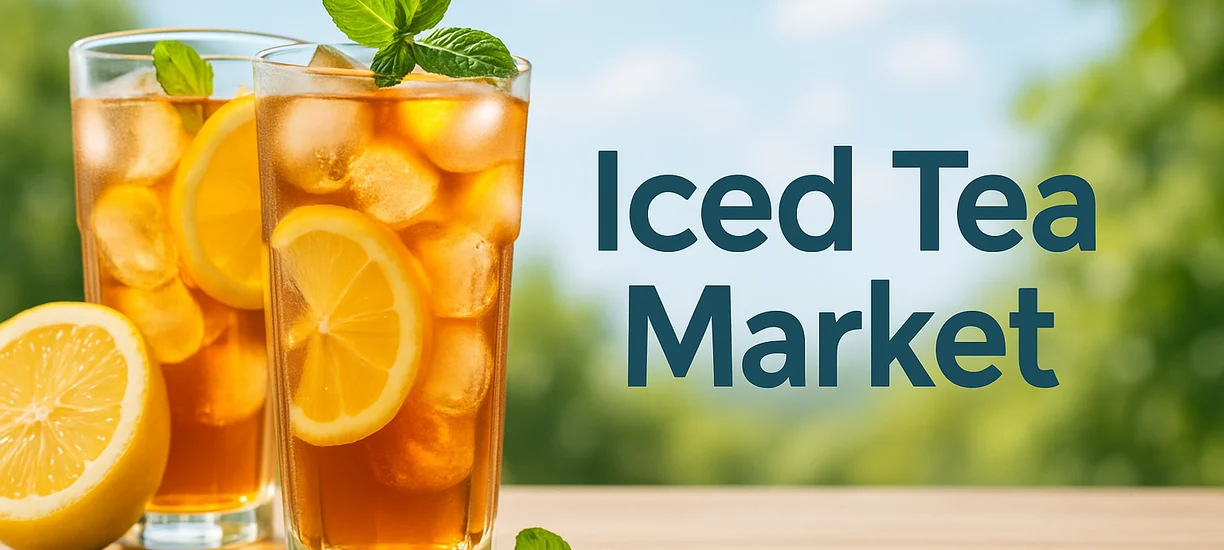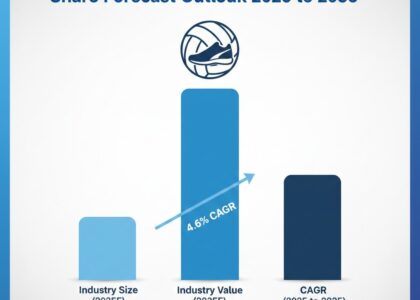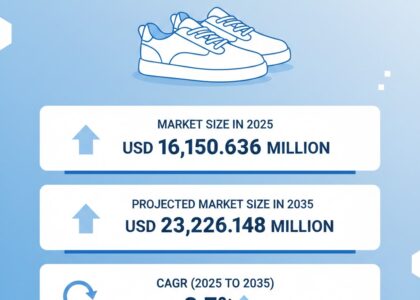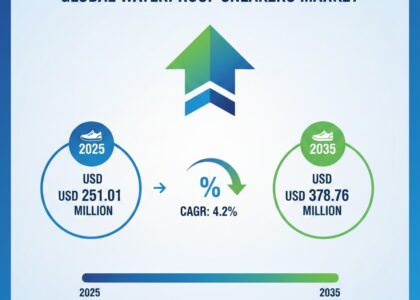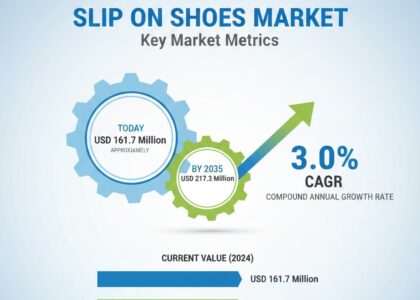The global demand for iced tea is projected to surge significantly, with the market expected to be valued at USD 7.16 billion in 2025 and rising at a CAGR of 6.0% to reach approximately USD 12.82 billion by 2035. Between 2020 and 2025, the market recorded a steady CAGR of 5.4%, underscoring increasing consumer preference for refreshing and health-oriented beverages.
This growth trajectory is largely driven by evolving consumer lifestyles, increased awareness about natural and low-calorie drinks, and innovations in flavor profiles. Iced tea, available in variants such as black, green, white, and herbal, has transitioned from a summer refreshment to a year-round wellness beverage. The surge in demand for ready-to-drink (RTD) iced teas with functional ingredients like antioxidants, vitamins, and natural sweeteners has further accelerated market growth. As wellness becomes a core purchasing factor, companies are investing in clean-label, organic, and sugar-free iced tea formulations.
Start Your Market Research Journey – Request a Free Sample: https://www.futuremarketinsights.com/reports/sample/rep-gb-832
Rise of Functional and Herbal Iced Teas Reshaping Market Dynamics
The transition from conventional sugary drinks to healthy beverage alternatives has fueled the adoption of herbal iced tea and functional iced tea drinks with added vitamins. Products infused with ingredients like hibiscus, ginger, lemongrass, and ashwagandha are gaining traction, especially among health-conscious consumers in urban areas.
This shift is directly linked to health benefits driving herbal iced tea consumption. As consumers increasingly seek out immune-boosting, digestion-supporting, and energy-enhancing beverages, brands are responding with plant-based beverage innovations that combine taste with nutrition.
The introduction of low-calorie drink trends has also influenced how iced tea is formulated. Natural sweeteners like stevia and monk fruit are being used to cater to consumers with dietary restrictions or those reducing sugar intake. The demand for low-sugar iced tea beverages is growing exponentially across North America and Europe, as awareness about obesity and diabetes climbs.
Millennials and Gen Z: The Iced Tea Trendsetters
Iced tea consumption trends among millennials and Gen Z are redefining beverage marketing and innovation. These digitally native generations are not only health-focused but also environment-conscious, prompting a rise in sustainable packaging in the iced tea market. Brands are leveraging recyclable materials, biodegradable labels, and eco-friendly bottling processes to win consumer trust.
Moreover, premium iced tea brands targeting health-conscious consumers are becoming status symbols for younger buyers. Whether it’s sipping on matcha-infused green tea or hibiscus cold brew, consumers aged 18 to 35 are pushing brands to maintain authenticity, transparency, and quality in their formulations.
Organic Iced Tea Sales Surge Across Global Regions
The organic iced tea sales projections worldwide continue to trend upward, with key regional contributors including Asia-Pacific, North America, and parts of Europe. In Asia-Pacific, particularly in countries like Japan and South Korea, traditional tea culture blends with modern convenience, driving the popularity of bottled iced tea growth.
In North America, the market benefits from the surge in convenience beverage products available through supermarkets, e-commerce, and convenience stores. Meanwhile, in Europe, demand is driven by the increasing availability of clean label iced tea manufacturing practices that resonate with EU consumers seeking authenticity and traceability in beverage sourcing.
The Complete Picture Awaits – Download the Full Report: https://www.futuremarketinsights.com/reports/iced-tea-market
𝐑𝐞𝐠𝐢𝐨𝐧–𝐰𝐢𝐬𝐞 𝐈𝐧𝐬𝐢𝐠𝐡𝐭𝐬
United States
The U.S. market is mature but evolving through RTD innovations and low-calorie offerings, registering a steady CAGR of 4.2%.
Germany
Germany shows a growing preference for organic and herbal iced teas, with a CAGR of 5.7%, supported by sustainable packaging trends.
China
China leads in growth potential at a CAGR of 7.2%, driven by rising urbanization, online tea culture, and increasing demand for functional beverages.
𝐂𝐨𝐦𝐩𝐞𝐭𝐢𝐭𝐢𝐨𝐧 𝐎𝐮𝐭𝐥𝐨𝐨𝐤
The competitive landscape of the iced tea market is fragmented, with global players competing alongside regional and artisanal brands. Key players are focusing on clean-label product lines, flavor diversification, and digital marketing. Innovation in packaging, direct-to-consumer strategies, and sustainable sourcing are increasingly influencing market share. Companies that emphasize health-forward, transparent formulations are gaining significant traction across major markets.
Leading Manufacturers
- Nestle SA
- PepsiCo Inc.
- The Coca-Cola Company
- Arizona Beverage Company
- Unilever N.V.
- Harney & Sons Fine Teas
- The Republic of Tea
- Snapple Beverage Corp.
- Lipton (Unilever)
- Celestial Seasonings (Hain Celestial Group)
- AriZona Beverages USA LLC
- The Hain Celestial Group, Inc.
- Sweet Leaf Tea Company
- Turkey Hill Dairy


